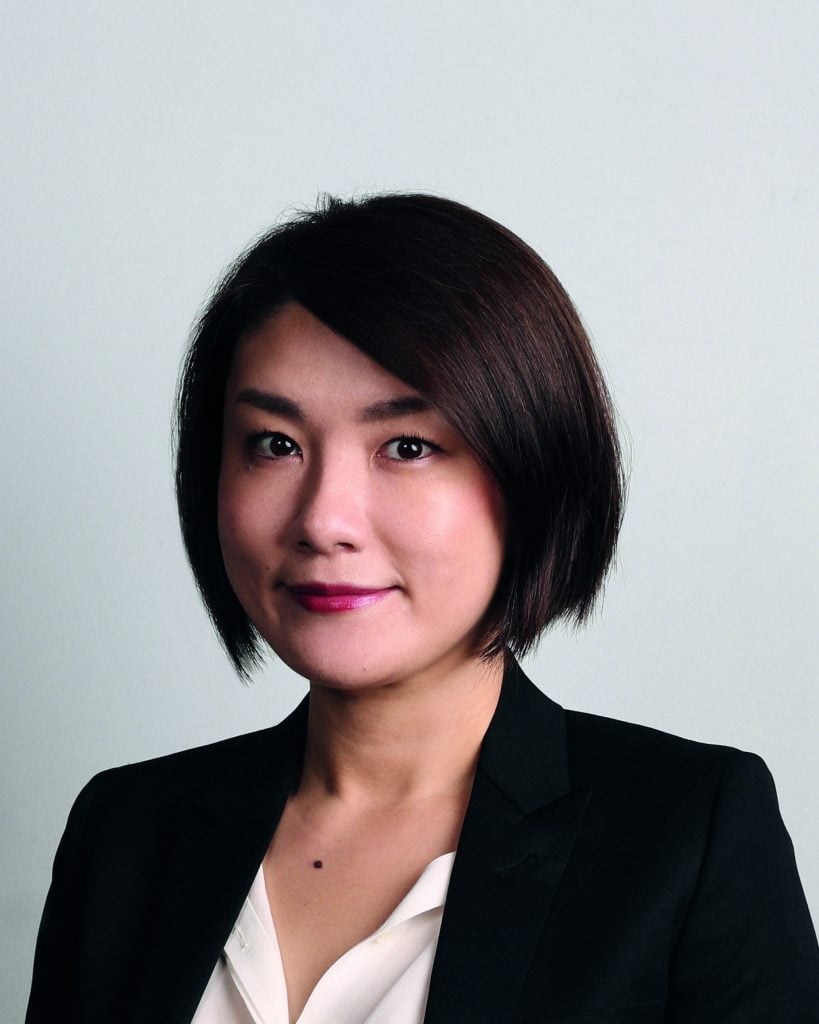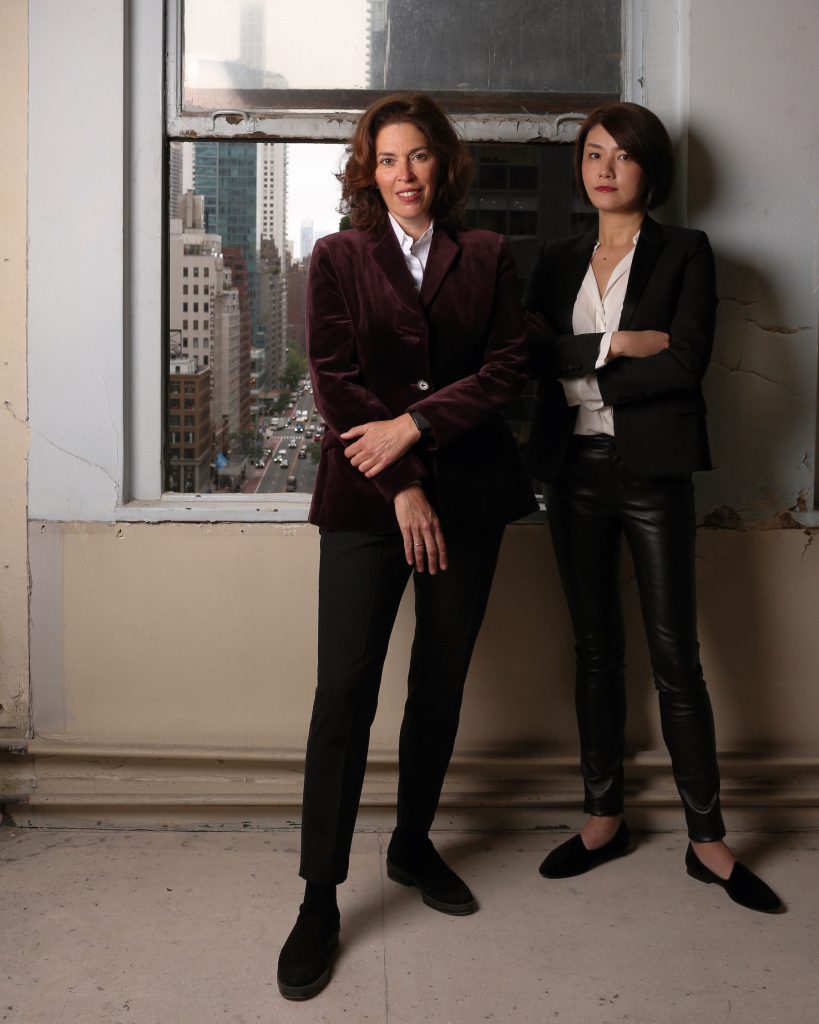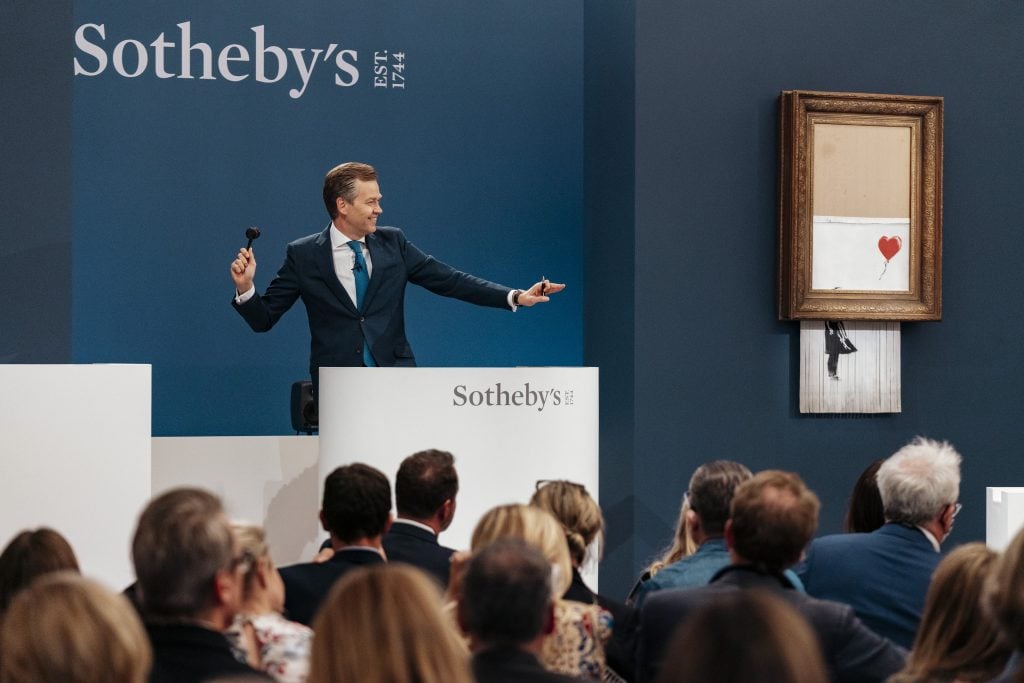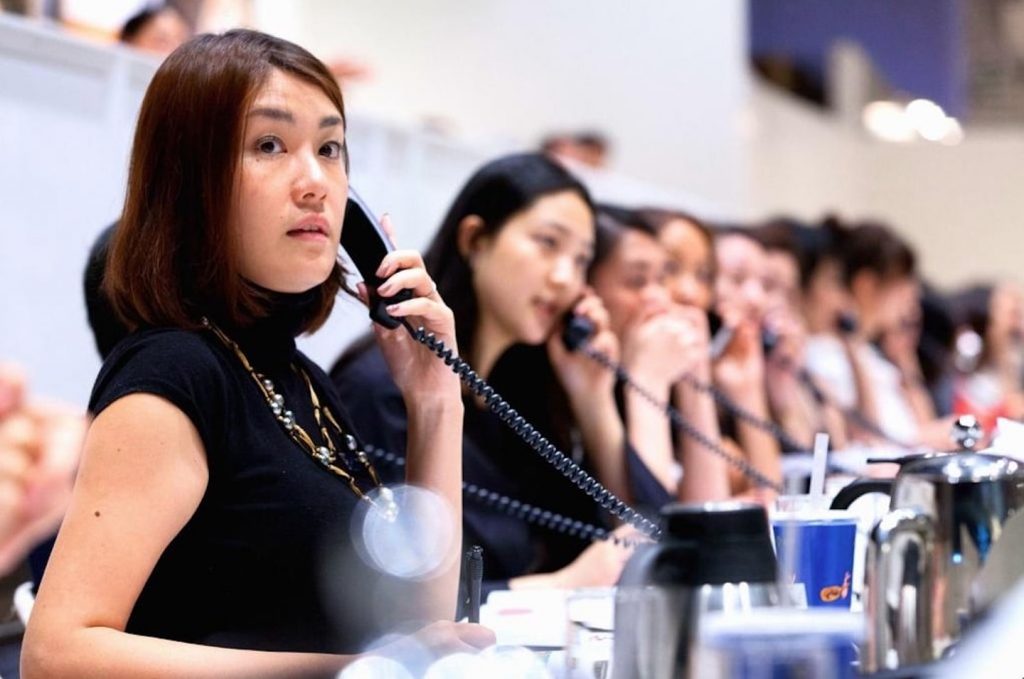Artnet News Pro
Yuki Terase on Making Inroads With the ‘Fast and Nimble’ Asian Collectors Directing the Future of the Art Market
The former Sotheby’s rainmaker wants to ensure the enthusiasm for buying in the region is sustainable.

The former Sotheby’s rainmaker wants to ensure the enthusiasm for buying in the region is sustainable.

Vivienne Chow

Yuki Terase’s smartphone is full of messaging apps: WhatsApp, WeChat, KaKaoTalk, Line, Signal, Telegram, and Facebook Messenger—without mentioning the direct messages she gets regularly from her Instagram account with 18,700 followers. Apparently they serve more than just communication. They are platforms on which Terase conducts her multimillion-dollar art deals.
“God knows how many paintings I have sold over all these messaging apps. I don’t know many of my clients’ email addresses,” Terase confessed recently via a video call from her hotel room in Hong Kong, where she was stuck in a two-week quarantine following a whistle-stop tour around the world to launch her post-Sotheby’s venture Art Intelligence Global (AIG). “That’s really normal for us, for people in Hong Kong.”
This way of doing things in the East is apparently fascinating to some coming from the West, Terase said, including her AIG partner and former colleague at Sothebys, Amy Cappellazzo. But it could be more than just cultural differences, as Terase is working with a completely different generation of art collectors.
“The average age of my collectors are probably in their 30s to 40s,” said the former head of contemporary art in Asia at Sotheby’s. “They are often entrepreneurs. They want to make decisions fast.”

Amy Capellazzo and Yuki Terase. Photo by Nicolas Newbold.
Terase is probably holding the best hand in the global art market right now: access to the “fast and nimble” young buyers from the East, as she described them. Their position in the art industry spotlight today is the fruit of a collaborative effort in cultivating the Asian market, in which this Japanese auction house specialist-turned art advisor has played an instrumental role.
From introducing Western art to Hong Kong auctions in 2016 with the high-profile #TTTOP sale guest-curated by K-pop superstar T.O.P of BigBang to June’s white glove sale of international contemporary art in collaboration with Taiwanese mega pop star and art collector Jay Chou, the record-breaking sales that Terase has orchestrated have set new market trends in motion—though almost no one believed her at the beginning.
“It was such a hard job to persuade anyone to sell their works in Hong Kong back then,” Terase recalled. “People were like, ‘Why would I want to sell my Western art in Asia?’ It was a no-no.”
Within a matter of just five years, Asia has become a gold mine for the art world, and consignors are now asking auction houses to unveil their works in Hong Kong even if they are not placing them in the sales over there.
“We have a bunch of energetic, young collectors in this part of the world, who… bring new vibes and energy to the market, and often they even dictate the direction of the entire global art market,” Terase said. “For example, you see a lot of very high prices achieved for emerging young artists at auctions—majorly driven by the enthusiasm of Asian collectors.”

Banksy’s Love is in the Bin sold to an Asian phone bidder at Sotheby’s contemporary art evening auction in London in October 2021. Courtesy of Sotheby’s.
Auctions are usually where these young buyers begin their art collecting journey. The competition at public auctions gives them the impression that “they are paying the right price,” Terase noted, and this helps to build their confidence in pricing before trying their hands on private sales in secondary market.
While the frenzied excitement among young Asian buyers at auction makes a rosy picture for the art industry, it could be one that may not last long. Enthusiastic young buyers are often drawn to the names, prices, trends, and what others are buying. “It’s a little bit risky,” she said.
This leads to Terase’s aspiration in the next phase of her career: to help to make art collecting in the region sustainable. More guidance to young buyers is needed in Asia, and Terase thinks she and her partners at AIG—ex-Sotheby’s star executive Cappellazzo, and Adam Chinn, the house’s former chief operating officer—have what it takes to help young collectors in the region reach the next phase of their art collecting journey. Collectors will draw from the knowledge, experience and data from Terase and her partners, so that they will be armed with tools that can help them sustain their art collecting journey. After all, art collecting is much more than just buying beautiful objects.
“I would like to prevent the new art collecting trend in the region from falling easily,” she said.
Another of Terase’s missions is to plug into the untapped veins of the wider Asian market. For many watching the market from the West, (East) Asia has almost become a synonym for mainland China. The rapid entry of nouveau riche mainland Chinese buyers to auctions in Hong Kong first caught the attention of the West when they started making international headlines in the mid-2000s. While the phenomenon peaked a decade ago and some buyers have since vanished from the media limelight, the young ones are still out in full force enjoying shopping sprees despite Covid travel restrictions.
“It is one of the biggest, if not the biggest, art markets in the near future,” Terase said. “But the region also has a lot of other countries that each has its own character, taste, and different approaches to art collecting.”
Since Terase joined Sotheby’s in 2011 from Morgan Stanley’s mergers and acquisitions advisory team in Tokyo, she has organized high-profile sales that brought other Asian regions to global attention. Among these were the Japanese fashion guru NIGO’s collectibles sale in 2014; the white-glove sales of the Yoshihara Jiro collection in 2015; and Yamaguchi Takeo’s monochrome paintings in 2017. The international art world also became acquainted with names such as Yusaku Maezawa, the entrepreneur who acquired Jean-Michel Basquiat’s Untitled for a record $110.5 million at a Sotheby’s New York sale in 2017.

Fond memories: Yuki Terase helped a phone bidder at auction. Courtesy of Yuki Terase.
In fact, Terase noted, buyers from Japan and South Korea have a much longer history of collecting modern and contemporary works compared to the rest of Asia, and collectors there have reached a mature stage, as seen in some of the local museum displays. Emerging young buyers are also a powerful force—they are more into colorful street art and trendy names, while they follow auction results closely.
Despite its relatively small population of 23.57 million, “there’s a very enthusiastic community of art collecting,” in Taiwan, she said, adding that the success of Taipei Dangdai before the pandemic offered solid proof. Young collectors from the self-governed island, often educated in the West, come from families that have long been collecting Chinese antiquities and paintings, Asian modern art and Impressionist works, and they look at art broadly from across the East and West. Hong Kong also shares a similar story.
Meanwhile, there is no dearth of collectors from Southeast Asia “who can afford a lot of expensive works from Sotheby’s and Christie’s New York marquee sales,” but they are often much more low-key, Terase noted. Young entrepreneurs who have made their fortune from tech businesses have also been driving the sales in recent years.
While some have already caught up with these trends and are looking at regions beyond mainland China and Hong Kong—galleries opening outposts in Seoul, for example—Terase and her partners are still betting on Hong Kong, where she will be building the Asia headquarters for AIG, a central location that is equipped with the infrastructure that is needed for art trading. She is a founding patron of the recently opened M+ museum, which she believes will be a game changer for the art scene and the market not just in Asia but also globally. “I’m very hopeful that they can become the navigator, educating the Western world in what Asian art is about,” she said.